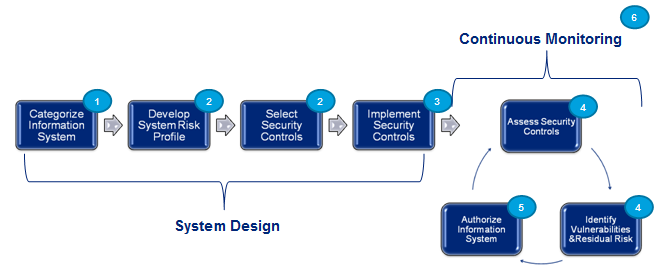So congratulations, you were just named Chief Information Officer of your company and now moved into your new office. Looking through the top desk drawer you find a note with three sealed envelops attached. The note says when you have your first major crisis, open envelop one, the second one open envelop two and the third one open envelop three. Being the type “A” personality, the one that got you here, you decide to open all three now. The first one says this is your first crisis blame it on me, your predecessor. The second one says this crisis is yours and you will need a plan to solve it. The third one says “Oops”, prepare three envelops and leave them in the top draw for your successor.
At this point being a Type “A”, you decide that you are going with envelop two and throw away the other ones. Your first step is to evaluate your staff and their capabilities. Looking at their performance records you can learn some of the basics, but you will not be satisfied with just that limited amount of information. You know about Maslow’s hierarchy of needs. Although this was explained in a paper by Abraham Maslow in 1943, it still applies today. The phases are: (1) Physiological (breathing, food, water, sleep, etc.); (2) Safety (security of body, employment, resources, morality, the family, health, property, etc.); (3) Belonging (friendship, acceptance by the group, social needs, sense of belonging); (4) Esteem (self-esteem, confidence, achievement, respect of others, respect by others); (5) Self-actualization (morality, creativity, spontaneity, problem solving, acceptance of facts). You are aware that Self-actualization is the goal, studies show that only about 2 % are performing at this level. As people move up the hierarchy with their needs, if suddenly there is a need below, a person will revert back to that level. (i.e. if someone is working at a self actualization level and can’t breath he would abruptly revert to the Physiological level or if threaten to safety. Read more

